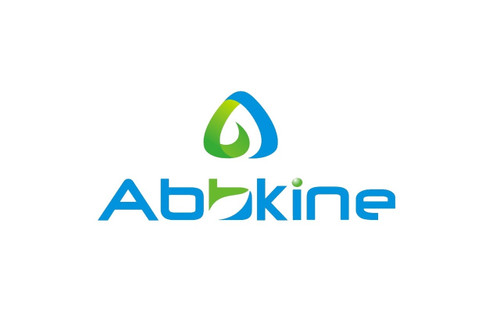Product Description
Human Very low density lipoprotein (VLDL) ELISA Kit | AE11641HU | Abebio
Species Reactivity: Human (Homo sapiens)
Abbreviation: VLDL
Alternative Name: Pre-β-Lipoprotein; Pre-Beta Lipoprotein
Application: ELISA
Range: 0.24-15 ng/mL
Sensitivity: 0.11 ng/mL
Intra-Assay: ≤5.5%
Inter-Assay: ≤6.3%
Recovery: 0, 98
Sample Type: Serum, Plasma, Other biological fluids
Detection Method: Sandwich
Analysis Method : Quantitive
Test Principale: This assay employs a two-site sandwich ELISA to quantitate VLDL in samples. An antibody specific for VLDL has been pre-coated onto a microplate. Standards and samples are pipetted into the wells and anyVLDL present is bound by the immobilized antibody. After removing any unbound substances, a biotin-conjugated antibody specific for VLDL is added to the wells. After washing, Streptavidin conjugated Horseradish Peroxidase (HRP) is added to the wells. Following a wash to remove any unbound avidin-enzyme reagent, a substrate solution is added to the wells and color develops in proportion to the amount of VLDL bound in the initial step. The color development is stopped and the intensity of the color is measured.
Product Overview: VLDL is a type of lipoprotein made by the liver. VLDL is one of the five major groups of lipoproteins (chylomicrons, VLDL, intermediate-density lipoprotein, low-density lipoprotein, high-density lipoprotein) that enable fats and cholesterol to move within the water-based solution of the bloodstream. VLDL is assembled in the liver from cholesterol and apolipoproteins. VLDL is converted in the bloodstream to low-density lipoprotein (LDL) . VLDL particles have a diameter of 30-80 nm. VLDL transports endogenous products, whereas chylomicrons transport exogenous (dietary) products.VLDL transports endogenous triglycerides, phospholipids, cholesterol, and cholesteryl esters. It functions as the body's internal transport mechanism for lipids.
Stability: The stability of ELISA kit is determined by the loss rate of activity. The loss rate of this kit is less than 5% within the expiration date under appropriate storage condition. The loss rate was determined by accelerated thermal degradation test. Keep the kit at 37°C for 4 and 7 days, and compare O.D.values of the kit kept at 37°C with that of at recommended temperature. (referring from China Biological Products Standard, which was calculated by the Arrhenius equation. For ELISA kit, 4 days storage at 37°C can be considered as 6 months at 2 - 8°C, which means 7 days at 37°C equaling 12 months at 2 - 8°C) .
 Euro
Euro
 USD
USD
 British Pound
British Pound
 NULL
NULL








